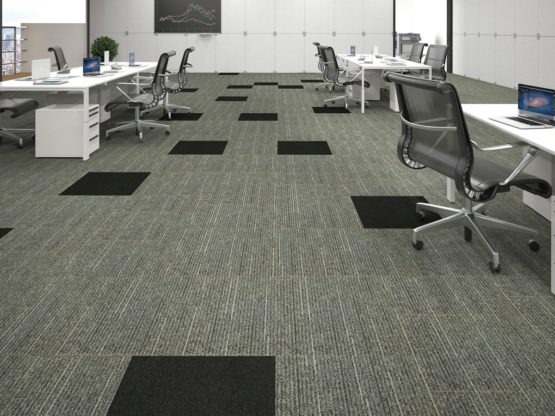
When it comes to selecting the kind of flooring that should be installed in an office, office Office carpet top the list for a lot of businesses. Carpets for offices are always a good choice for commercial flooring because of their brilliant design choices, excellent acoustic qualities, and a plethora of other benefits that satisfy all of the necessary criteria. Take it from us, nonetheless, that choosing the right office rugs for every one of your activities may not be just about as simple as it shows up. There are numerous excellent choices with numerous considerations. As a result, we have compiled a comprehensive guide that will walk you through the entire procedure of selecting the ideal office carpet.
Types of Office Carpets
- Wool Fiber Office Carpeting
Office carpet made of wool fibers has a lot going for them. Not only is it an excellent option for office flooring, but it is also a sustainable option.
It is environmentally friendly, according to the International Wool Trade Organization. It has no significant environmental impact. Additionally, it emits very few volatile organic compounds (VOCs), which can affect office air quality.
It is an extremely long-lasting natural material that naturally resists dirt and stains. It will withstand years of cleaning and foot traffic. Wool carpets are also soft on the feet and give any office a luxurious feel. Consequently, many businesses select a wool-wool blend. It gives you some of the advantages and lessens some of the disadvantages.
- Wool Blend Office Carpet
Office carpets made of wool and synthetic fibers can be mixed. Nylon and polyester are the most common, and they make durable options for office flooring. They are still durable and attractive at a lower cost.
Carpets made of wool and a wool blend keep some of wool’s best qualities, like its warmth and resistance to stains. The higher the fleece rate, the more you’ll encounter these advantages. However, they are easier to clean and maintain, making them an excellent choice for crowded workplaces.
It is essential to conduct research into the various blends to select the appropriate one for your setting because each blend has distinct characteristics. Wool and nylon blends, for instance, are common and durable. However, areas with a lot of foot traffic might be better served by wool and polyester blends.
Consequently, many businesses select a wool-wool blend. It gives you some of the advantages and lessens some of the disadvantages.
- Synthetic Carpet Fibers
Fibers for Synthetic Carpets There are three main types of fibers for synthetic carpets. Polyester, olefin, and nylon are the three.
Solution-dyed nylon carpet is the best choice for commercial flooring. In contrast to other forms, this one has superior fade resistance. It can also come back repeatedly, which is great for areas with a lot of traffic.
Olefin is a common choice for office carpeting. Wool and nylon are both more durable than this synthetic fiber. It won’t return and will lose its shape after some time.
Polyester is the final pure synthetic option. It tends to be produced using reused plastics, and settling on it is a more practical decision. Besides, it’s delicate and can have a rich appearance.
